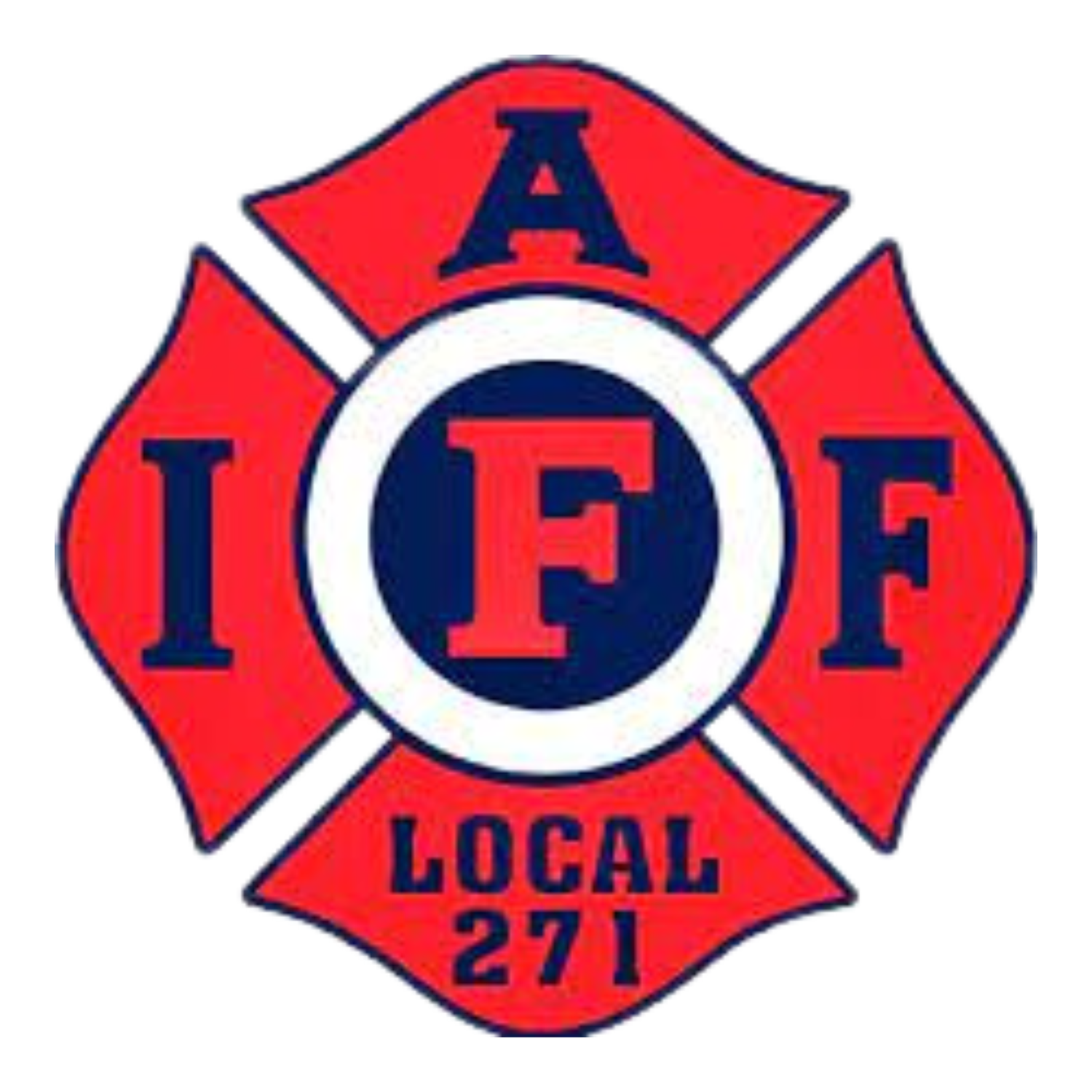Fire Levy
On February 26, 2024 with unanimous support, the Missoula City Council approved a request to add a fire levy to the June 2024 ballot for voters to decide on.
Learn more about the fire levy below and how you can help. Want to support our efforts? Your contribution to our fire levy campaign will be used to ensure our message reaches the members of our community.
-
A fire levy, or special mill levy, is a funding option that must be approved by voters. It is a type of tax imposed to fund specific projects, programs, or services—in our case, emergency response services. The tax rate is determined based on assessed property values within the City’s taxing authority.
-
The City of Missoula Fire Department has not had an increase in Operations personnel since 2008. The city's population and calls for service have increased, while station reliability has decreased. The Missoula Fire Department relies on taxes from the general fund, which are capped under state law. The law allows us to increase this cap if the majority of voters approve a special mill levy.
Various factors have forced the Fire Department into a critical point in its ability to properly serve the public. The Fire Department immediately needs a Fire Station and Engine Company so firefighters can respond quickly, effectively, professionally, and to a level the citizens of Missoula expect and deserve. Currently, this can only be accomplished through a levy which must be approved by a majority of voters.
-
The fundamental problem is that the city of Missoula has grown and is growing, yet the Fire Department hasn’t grown with it.
◼️ Missoula’s population has grown 17% from 68,660 (2008) to an estimated 78,000 (2024) since our last operational staffing increase.
◼️ Missoula’s city limits have expanded significantly since 2008, resulting in a larger response area.
◼️ Missoula’s population density has increased and continues to increase due to infill and new construction.
◼️ Calls for service have nearly doubled since staffing was last added, increasing from under 6,000 calls in 2008 to nearly 12,000 calls last year.
◼️ Cultural changes have resulted in increased demand for Fire and EMS services.
◼️ The Fire Department is required to respond to a growing variety of call types to meet new challenges within our community.
-
✔️ 20 additional firefighters to staff an additional engine company.
✔️ An additional fire station.
✔️ Permanent funding for the mobile support team.
-
✔️ Improved response times to emergencies.
✔️ Better trained firefighters.
✔️ More firefighters on the scene of fires and other complex emergencies.
✔️ Potential homeowners’ insurance savings of roughly 10%.
✔️ IT COULD SAVE A LIFE!
-
✔️ Most importantly firefighters need a YES vote on the June 4th ballot.
✔️ Firefighters need informed voters who have researched the issue and have a thorough knowledge of what they are voting for and what the impacts are.
✔️ Firefighters need the public to spread the word to neighbors, family, and friends who may be unaware of the levy.
✔️ Firefighters need donations to run the levy campaign. Consider contributing to the campaign HERE
✔️ Firefighters ask the public to have continued conversations with city council and city leadership advocating for public safety as a priority.
Community Impact
Without swift and effective response, our community will be impacted. Here are the reasons and ways our community will be impacted if the levy does not pass.
-
🚨 Currently, response times are not meeting National Fire Protection Association (NFPA) standards.
🚨 The standard for response is 4 minutes from the time the engine leaves the station to when it arrives on the scene of an emergency. Missoula currently averages 6 minutes and 16 seconds.
🚨 In an emergency seconds matter and a delay in response directly impacts emergency medical care when somebody is sick or injured.
🚨 In the event of a structure fire, a delay in response increases the risk of firefighter and civilian death, while also contributing to property loss.
-
Effective response requires engine companies to be in their stations and ready to respond. This is called response/station reliability.
Currently, response reliability is below national standards and engines are too often tied up on calls and unable to respond to new calls in their district. This forces another district to respond to the new call, thus in turn decreasing that unit’s response reliability.
Response reliability ultimately impacts response time.
-
Currently, the Missoula Fire Department is ineffective at getting enough firefighters to the scene of a structure fire.
-
Firefighters have stringent training standards due to the complex nature of the job and the magnitude of emergency response.
Firefighters are finding it difficult to properly train due to interruptions from calls.
When training, response times can be negatively impacted as firefighters have to shift from training to a response mode.

